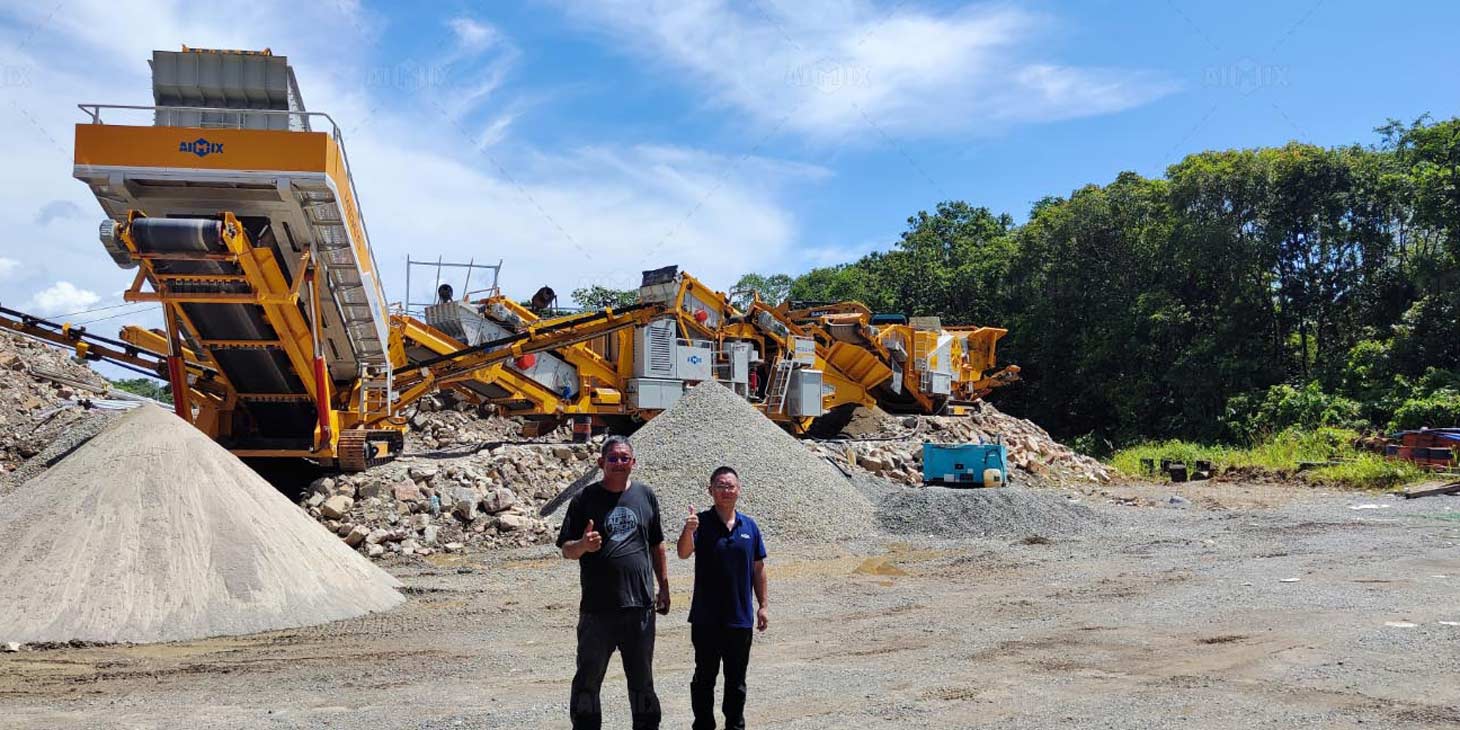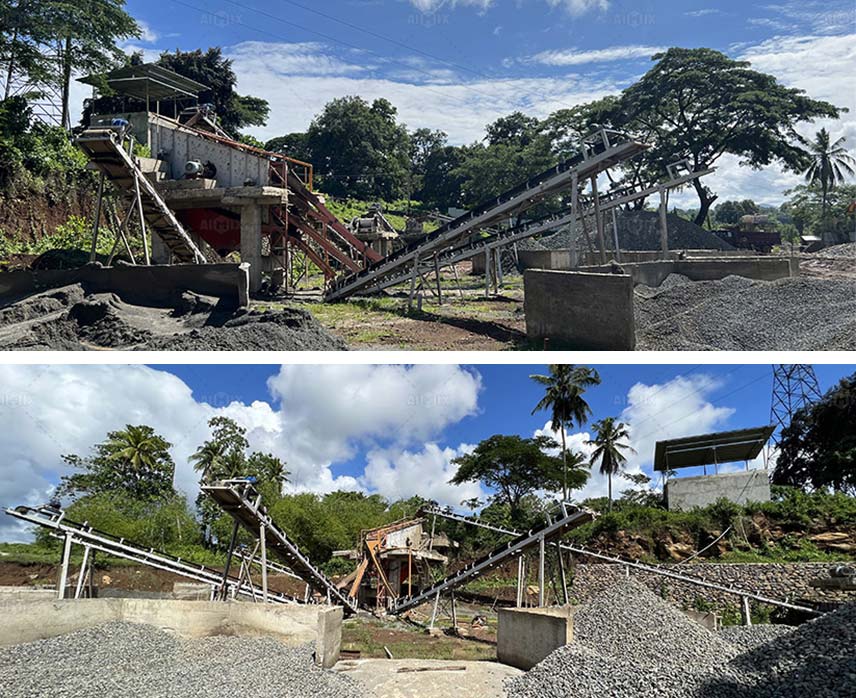The transformation of river pebbles into high-quality construction sand represents one of the most sustainable approaches to aggregate production. These naturally rounded stones, collected from riverbeds and alluvial deposits, undergo specialized processing to create premium sand products with exceptional particle shape and gradation. Unlike crushed limestone or granite, river pebble sand maintains unique characteristics that make it particularly valuable for specialized concrete mixes and filtration applications. The journey from raw pebble to refined sand involves careful consideration of geological properties, mechanical processing, and final purification.
Modern river pebble processing plants combine crushing efficiency with environmental sensitivity, recognizing both the material’s value and its ecological context. The hardness and abrasiveness of these water-worn stones demand specific crushing equipment configurations, while their natural cleanliness reduces washing requirements compared to other aggregate sources. From jaw crushers to vertical shaft impactors, each machine in the production line must be selected and tuned to address the pebbles’ distinctive physical properties while maximizing yield of the desired sand fractions.

Equipment Selection for Optimal Processing
Primary Crushing Solutions
River pebbles’ high compressive strength (typically 120-180MPa) demands robust primary crushers. Heavy-duty mobile jaw crushers with reinforced toggle plates and deep crushing chambers prove most effective, producing initial reduction to 40-60mm sizes. Some operations employ gyratory crushers for higher throughput when processing larger pebble volumes, though their higher capital cost only justifies use in mega-projects.
Fine Crushing and Shaping
Secondary processing utilizes cone crushers for intermediate sizing, followed by vertical shaft impactors (VSIs) for final shaping. The VSI’s high-speed rotor fractures pebbles along natural cleavage planes, creating cubical sand particles that outperform angular crushed sand in many applications. Modern VSIs feature adjustable cascading flow and multiple crushing chambers to optimize particle shape for different end uses.
Material Characteristics and Processing Challenges
Hardness and Abrasiveness Factors
River pebbles’ Mohs hardness typically ranges between 6-7, requiring tungsten carbide or manganese steel wear parts in crushers. Their low porosity and high silica content increase abrasiveness, necessitating frequent inspection of crusher liners and conveyor components. Some operations pre-sort pebbles by hardness using optical sorting technology to route harder specimens to appropriate processing lines.

Natural Gradation Advantages
Unlike blasted rock, river pebbles arrive with natural size distribution that often reduces primary crushing needs. Many deposits show well-graded particles from 10-100mm, allowing bypass of larger primary stone crushers when producing finer sand products. This inherent characteristic can lower capital equipment costs and energy consumption per ton of output.
Washing and Final Processing
Contaminant Removal Systems
While river pebbles are naturally cleaner than quarried stone, effective logwasher units remove residual organic matter and clay coatings. Dual-screw designs provide thorough scrubbing without excessive water use, while integrated screening decks separate oversized particles for recirculation. Some advanced plants employ ultrasonic cleaning for premium-grade filtration sands.
Water Recycling and Sludge Management
Modern washing plants incorporate closed-loop water systems with thickener tanks and filter presses. These systems recover up to 90% of process water while converting waste sludge into handleable filter cakes. The minimal residual moisture in washed sand (typically 2-3%) reduces drying energy requirements compared to other aggregate sources.
Premium Applications of Processed Pebble Sand
Concrete and Mortar Enhancements
The rounded yet mechanically fractured particles of pebble sand create workability advantages in concrete mixes, reducing water demand while maintaining compressive strength. Many ready-mix producers specify pebble sand for high-performance mixes where conventional crushed sand would require additional plasticizers.
Specialty Filtration Media
Processed pebble sand’s consistent particle shape distribution makes it ideal for water filtration systems. The natural silica content provides chemical stability, while the smooth surfaces resist particle breakdown during backwashing cycles. Some municipal water treatment plants pay premium prices for carefully graded 0.5-1.2mm pebble sand fractions.
The production of quality sand from river pebbles represents a perfect marriage of natural resources and mechanical innovation. When processed with proper aggregate crusher equipment and attention to material characteristics, these water-worn stones transform into premium aggregates that outperform conventional crushed products in numerous applications. From the selection of wear-resistant crushers to the implementation of water-smart washing systems, each step in the production chain contributes to creating sustainable, high-value sand products that meet the most demanding specifications.